
We've all been there – styling our hair for that perfect look, only to find out we've damaged it in the process. But does damaged hair grow back healthy? And if so, how can we restore it and prevent further damage?
In this article, we'll explore how to make your hair healthy again, how long it takes to repair damaged hair, and how to keep it from getting damaged in the first place. So, let's dive in and answer the burning question: does damaged hair still grow, and can it be restored?
Will Damaged Hair Grow Back Healthy?
The good news is that yes, damaged hair can grow back healthy(1) as long as the hair follicles – the part of your scalp responsible for hair growth – are not damaged. Hair growth occurs at the roots, not the ends, so maintaining a healthy scalp environment and nourishing the hair with the right products and treatments is essential for promoting healthy growth.
However, it's important to remember that the rate of growth can vary depending on the individual and the extent of the damage. In some cases, damaged hair may grow slower, but with proper care, it can still grow.
How to Make Damaged Hair Healthy Again

If you're looking to restore your hair to its former glory, follow these steps for healthier, stronger locks:
Identify the Cause
Before you can repair your hair, it's crucial to get to the root of the problem (pun intended!). Damaged hair can result from various factors, so let's explore some common culprits:
- Heat styling tools: We all love that perfect blowout or sleek, straightened hair, but overusing hairdryers, flat irons, and curling irons can weaken and damage hair over time.
- Chemical treatments: Hair color, perms, and relaxers might give us the desired look, but they can also compromise the hair's structure, leading to brittleness and breakage.
- Environmental factors: Mother Nature can be rough on our locks. Sun exposure, wind, and cold weather can cause hair to become dry and brittle.
- Poor hair care routines: Skipping regular trims, over-washing, using harsh hair products, or neglecting proper care can all contribute to damaging over time.
Choose Gentle, Sulfate-Free Shampoos
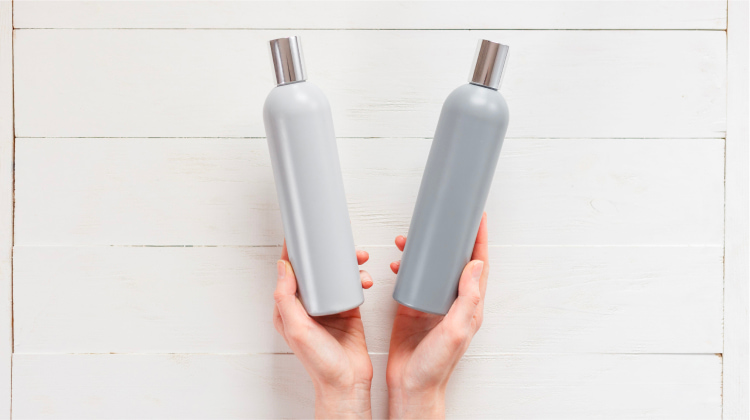
When it comes to washing your hair, it's essential to be kind to your tresses. Sulfate-free shampoos are gentler on your hair because they don't strip away its natural oils as traditional shampoos do. By choosing a sulfate-free option, you're helping your hair retain the moisture it needs to stay healthy and strong.
Condition Regularly

Just like our skin, our hair needs moisture and nourishment to stay healthy. That's where a quality conditioner comes in. Make sure to apply conditioner after every wash, focusing on the mid-lengths to the ends of your hair.
This helps to moisturize, detangle, and nourish your hair, leaving it soft, smooth, and less prone to breakage. And remember, a little goes a long way – no need to slather on a ton of product!
Use Deep Conditioning Treatments or Hair Masks
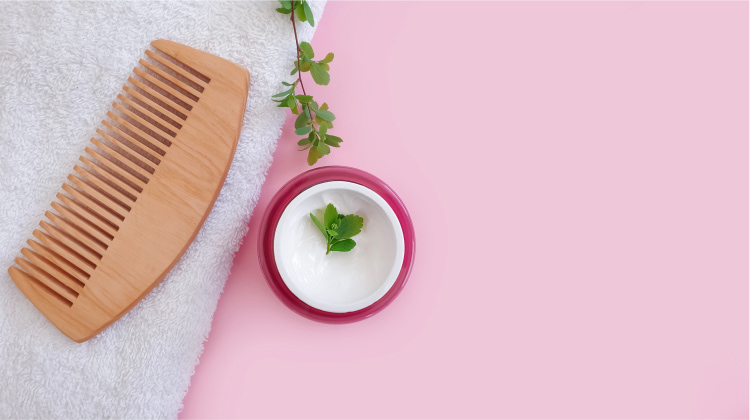
Sometimes, our hair needs a little extra TLC, and that's where deep conditioning treatments or hair masks come into play. These products are designed to provide intense hydration and nourishment to your hair, helping to repair existing damage and prevent further issues.
Aim to use a deep conditioning treatment or hair mask once a week, leaving it on for the recommended time (usually around 10-30 minutes) before rinsing. This weekly pampering session will give your hair that extra boost it needs to stay strong, healthy, and resilient against damage.
Trim Regularly
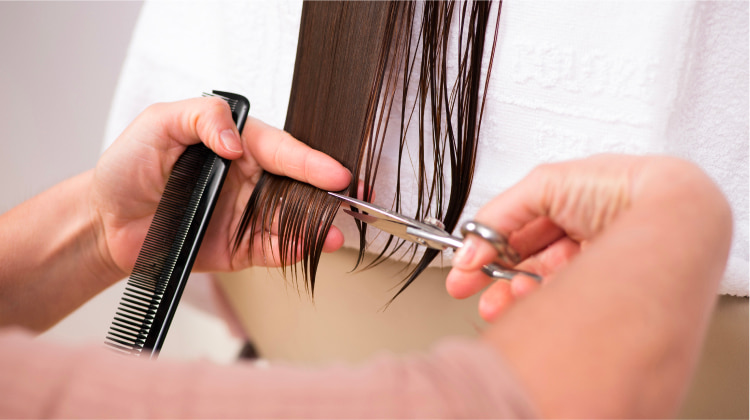
It might seem counterintuitive, but regular trims can actually help your hair grow healthier and stronger. By removing split ends every 6-8 weeks, you're encouraging healthy growth and preventing further damage from traveling up the hair shaft.
Sleep on Silk or Satin

Who knew that your pillowcase could make such a difference? Swapping your cotton pillowcase for a silk or satin one can help reduce friction, breakage, and frizz as you toss and turn during the night. Plus, it feels extra luxurious!
Embrace a Healthy Lifestyle
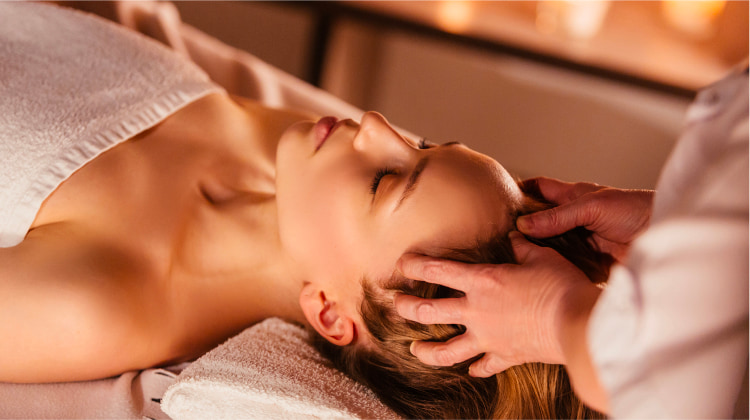
Great hair starts from the inside out! Support your hair health by treating yourself to regular oil massages, which can help stimulate blood flow to the scalp. Don't forget to eat a balanced diet rich in essential nutrients and vitamins and to stay properly hydrated. Your hair, skin, and overall health will reap the benefits.
Use Natural Products
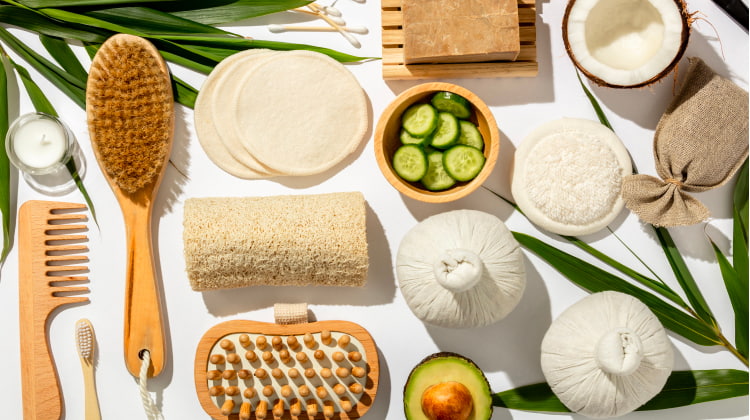
When it comes to choosing hair care products, going natural can be a game-changer. Look for products containing nourishing ingredients like aloe vera, chamomile, and green tea extracts. These natural powerhouses can help keep your hair healthy and protected without any harsh chemicals.
Additionally, show your scalp some love by massaging it with natural oils like coconut, olive, or almond oil. Not only does this feel amazing, but it can also improve blood circulation, stimulate hair growth, and provide essential nourishment to your hair and scalp.
Rinse With Cold Water

Here's a cool tip (pun intended)! Rinsing your hair with cold water after washing helps seal the hair cuticle, which in turn reduces frizz and adds shine. It might be a little chilly, but your hair will appreciate the extra boost!
Use Leave-In Treatments
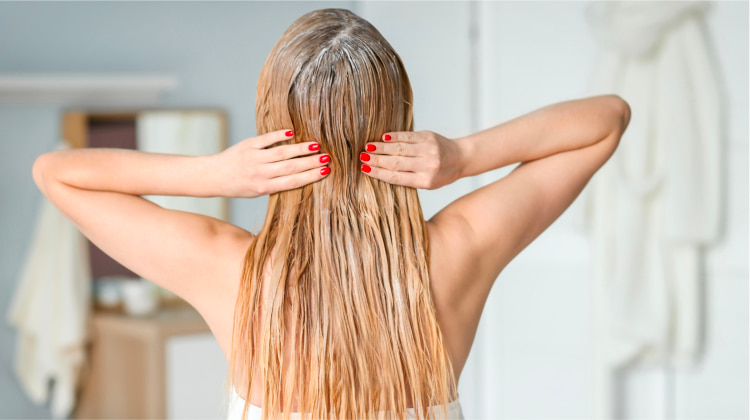
For an added layer of protection and nourishment, consider using leave-in conditioners and treatments. These products continue to work their magic even after you've stepped out of the shower, ensuring your hair stays hydrated and healthy throughout the day.
Avoid Towel-Drying
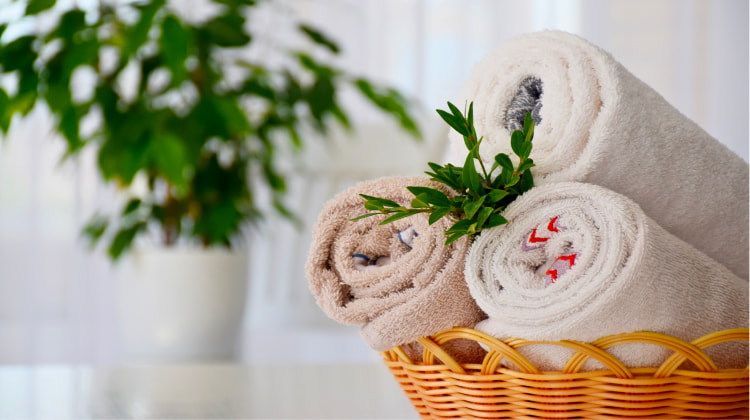
As much as it might feel like second nature to reach for a towel to dry your hair, try to resist the urge. Instead, wrap your hair in a microfiber towel or a soft cotton t-shirt to gently absorb excess water. This method helps prevent damage and breakage that can occur from the rough texture of a traditional towel. Trust us, your hair will be grateful for the gentle touch!
Take a look at this video to see someone else’s personal experience trying and succeeding in healing her damaged hair:
How Long Does It Take to Repair Damaged Hair?
The time it takes to repair damaged hair varies depending on the individual and the extent of the damage. With consistent application of the tips and practices mentioned earlier, you may see visible improvements in as little as 2-4 weeks.
However, severely damaged hair may require professional treatments and a longer recovery time. Remember, patience and consistency are key – your hair didn't become damaged overnight, and it won't be repaired overnight either.
How to Keep Hair from Getting Damaged
Now that you know how to restore damaged hair, let's discuss how to prevent further damage and maintain healthy locks:
Limit Heat Styling
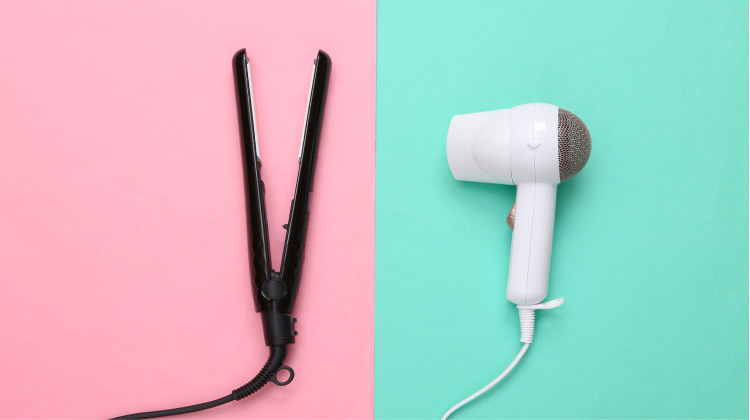
We know it's tempting to reach for those hairdryers, flat irons, and curling irons to achieve that perfect look, but too much heat can be detrimental to your hair. Try cutting back on the use of these tools and always remember to apply a heat protectant spray before styling. Your hair will thank you!
Protect Your Hair From Sun

Mother Nature can be tough on our locks(2). When you're out and about, consider wearing a hat or scarf to shield your hair from harsh weather conditions and excessive sun exposure. This little extra protection can go a long way in keeping your hair healthy.
Be Mindful of Chemical Treatments
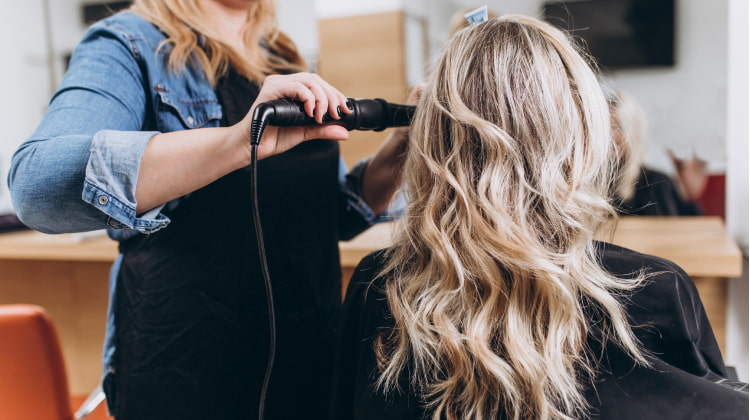
We all love to switch up our looks from time to time, but it's important to remember that too much of a good thing can harm our hair. When it comes to coloring, perming, or relaxing your hair, try not to overdo it.
Allow your hair ample time to recover between treatments, and consider deep conditioning or using hair masks to give your tresses some much-needed TLC. By treating your hair with care, you'll maintain its health and vibrancy for years to come.
Be Gentle When Detangling
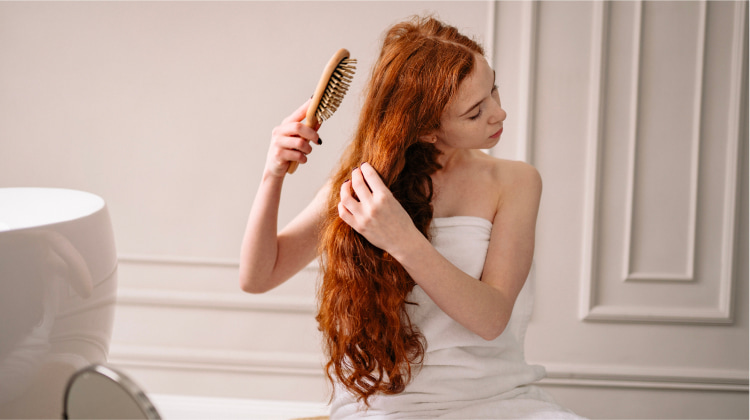
Tangled hair can be a real headache, but with a little patience and the right tools, you can tackle those knots without causing damage. Reach for a wide-toothed comb or detangling brush and gently work your way through the tangles, starting at the ends and moving up to the roots.
For styling, switch to silk or satin scrunchies – they're gentle on your hair and help prevent damage and breakage.
Avoid Tight Hairstyles

We know those sleek ponytails, braids, and buns look fabulous, but they can also put a lot of stress on your hair and scalp. Over time, this tension can lead to damage, breakage, and even hair loss. So, why not give your hair a break and experiment with looser, more relaxed hairstyles? Not only will you be kinder to your locks, but you might also discover a new go-to 'do!
Final Thought
So, does damaged hair grow back healthy? With proper care and attention, it can! It's crucial to identify the causes of damage, repair your hair using the tips provided, and take preventive measures to maintain healthy locks.
Remember, consistency is key, and it may take some time to see significant improvements. However, by following these tips and maintaining a healthy hair care routine, you'll be on your way to restoring your hair to its former glory. So go ahead, treat your hair with kindness, and watch it flourish!
References
1. Diana Draelos, Z. (2000). THE BIOLOGY OF HAIR CARE. Dermatologic Clinics, {online} 18(4), pp.651–658. Available at: https://www.sciencedirect.com/science/article/abs/pii/S0733863505702163.
2. Horev, L. (2007). Environmental and Cosmetic Factors in Hair Loss and Destruction. Environmental Factors in Skin Diseases, {online} pp.103–117. Available at: https://pubmed.ncbi.nlm.nih.gov/17641493/.

.jpg)
.jpg)
.jpg)
.jpg)
.jpg)
.jpg)
.jpg)
.jpg)
.jpg)
.jpg)